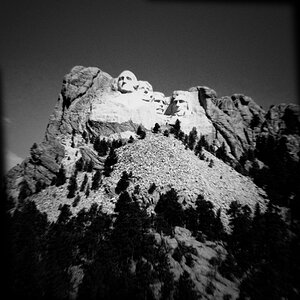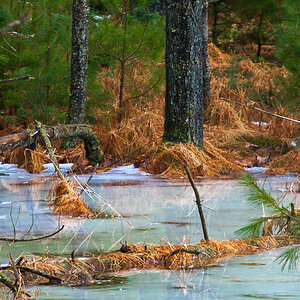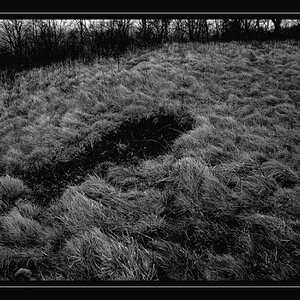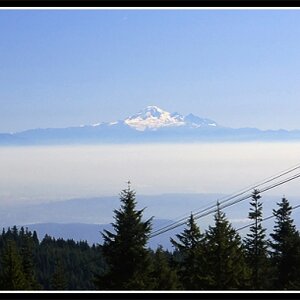decado
TPF Noob!
- Joined
- Sep 24, 2009
- Messages
- 155
- Reaction score
- 0
- Location
- Crystal, MN
- Can others edit my Photos
- Photos NOT OK to edit
So I just got done reading "Understanding Exposure" and I have a couple questions. In the book he talks about metering from the sky and getting a correct exposure from the sky, and then recomposing with those exposure settings and shooting the picture. As far as I can tell he never says what constitutes a correct exposure this way, how do I know what a correct exposure is of the sky, do I just balance it in the middle of the light meter or what? Also, he said this method is best for just about everything including macro shots, is this really true? Because I had a lot of shots today (overcast) that ended up very dark as a result.


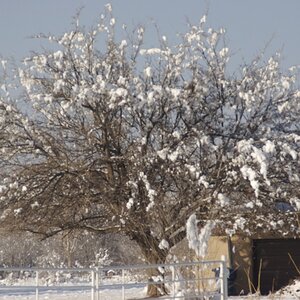

![[No title]](/data/xfmg/thumbnail/37/37621-b86590cf53fc4001d12701ee3091029b.jpg?1619738152)


